Tons of memes are created every single day. Every time you go on your social media accounts, there’s a big chance you’ll see a meme shared by your friends. Of course, who wouldn’t want to share a good laugh with a funny meme they saw, especially as the world copes in the safety of the indoors. In 2020, people spent an average of 2 hours and 25 minutes on social media (source: statista.com). It’s no surprise why we see a lot more memes going around.

But First, What are Memes?
As mentioned in one of our previous articles, the word “meme” was coined by Richard Dawkins in 1976. He described it as information (idea, behavior, or style) that quickly spreads from person to person within a culture. Today, countless memes are made and shared across various social media platforms as people continue to use cultural symbols and social ideas to express their thoughts in a more artistic and visual way.
But because there are so many new meme formats and templates made everyday, it is important to stay updated with the latest memes. It’s kind of like how important it is to keep up with the latest trends.
Meme Marketing
Since people spend a lot more time on social media these days, brands have started taking advantage of this by marketing more on various platforms, also called Social Media Marketing (SMM).
Aside from using traditional methods, meme marketing can provide an inexpensive (mostly free) yet effective way of engaging with their audiences. Meme generators are free to use and offer a whole range of memes that can easily benefit your brand.
Across different industries, marketers have started incorporating memes into their social media content to increase exposure and support brand relevancy.

Meme marketing is a great way to increase your brand’s exposure towards millennials and zoomers, especially when your posts go viral
When your meme goes viral, your brand can reach people on a larger scale outside your target audience and most importantly, it’s done organically.
Having memes in your social media content supports a sense of community by allowing people to share their humor with others. It creates a sense of belonging where people can laugh at the same joke. It is then when the content is re-shared and retweeted across various platforms which not only shares your meme, but also your brand.
Memes can support brand relevancy
Because memes are a product of the times, often related to a current trend or event, they appeal to your audiences by showing them relatable content. This helps your brand stay relevant and memorable. However, it is important to note that memes are just like any other trend. Sometimes memes can get outdated too.
Examples of Meme Marketing
Angkas
Angkas is a motorcycle ride-hailing service provider and package delivery courier. However, they not only provide these services. Their social media accounts also provide sustainable engagements with their audience through their humor and popular meme formats.
Netflix
Netflix uses memes to promote the release of movies and series. Their main Twitter account has over 12 million followers. They also created accounts for different regions that help them increase their exposure since content varies per region. However, instead of using the usual meme formats, they created their own memes taken from the scenes of various movies and series.
Here are even more examples of the other Netflix accounts, posting memes to either showcase new content to be released on their service platform or to entice their audiences to re-watch a favorite.
Tips for using memes to market:
Tip #1: Brand Consistency
It’s important to know who your product and services are for. The key to creating good memes with a lot of engagement is to be able to relate to your audience. Once your brand demonstrates a certain persona, it would be much easier to stay authentic and relatable.
A good quality meme is both funny and insightful and when brands use memes, it will help them stay relevant and can even help grow a following. Having a consistent persona and brand will allow you to much more easily follow trends as well.
Of course, you shouldn’t use memes especially if your target market probably won’t be receptible to them.
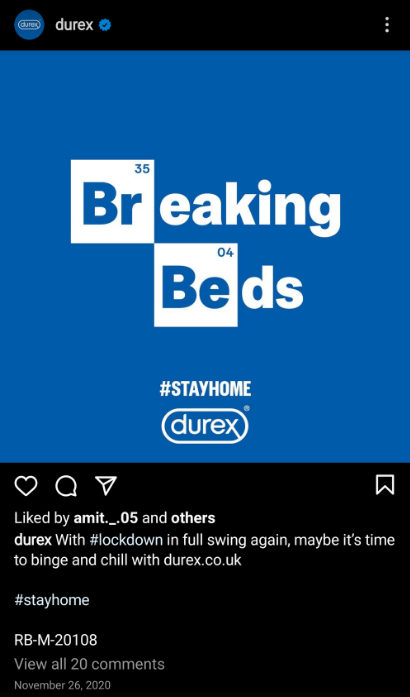
Tip #2: Understand Memes
Sure, memes are made to give people a good laugh, usually using satire and relevant cultural events. They are generally not conservative and can get edgy.
Memes can also be offensive and insensitive. They do not appeal to everyone and misusing one can definitely make people divisive.
There is a thing such as bad publicity, contrary to the popular saying. It won’t help if your audience and the people you could have reached start boycotting or bashing your brand.
Tip #3: Keep Up With Trends
Just like any other cultural phenomenon, time is a crucial factor when using memes.
Aside from using Facebook and Twitter to release content, you can also use them to find out what’s trending. Seeing what people are talking about and what the buzz is about can help your meme go viral.
Be part of the conversation. Memes can be edgy, but to use them you also have to be bold.
Key take-away: As memes won’t likely be going away any time soon, they can definitely be used as an inexpensive and effective marketing strategy. Knowing your audience and staying relevant is always important for a brand. Just remember that if you don’t find your meme funny, then your audience probably won’t either.
Will you consider using memes in your social media marketing? Comment down below what you think.

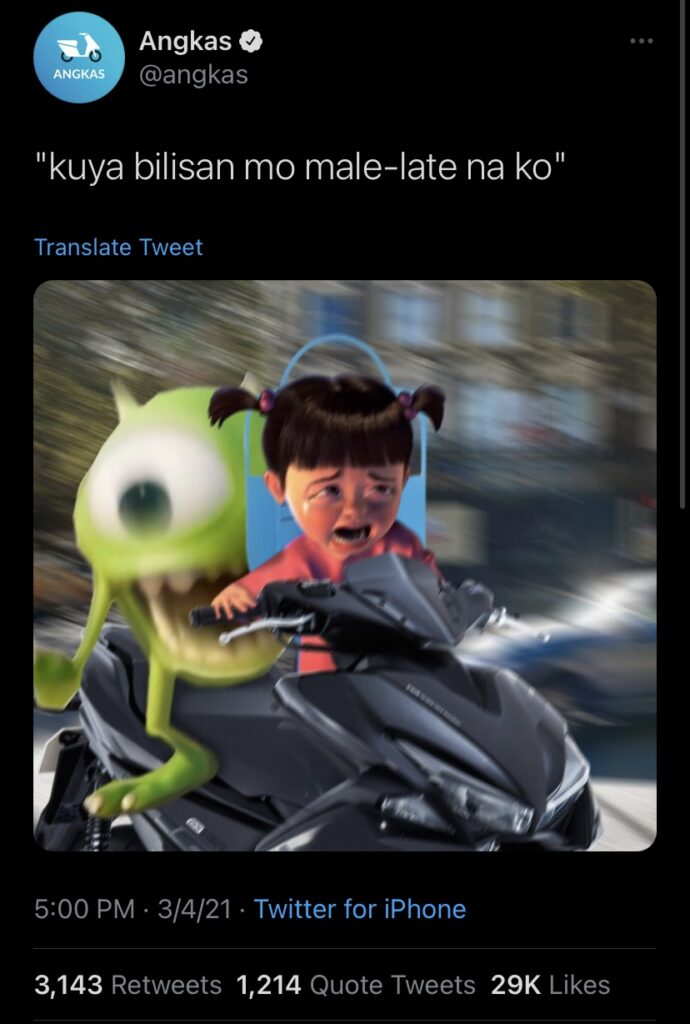
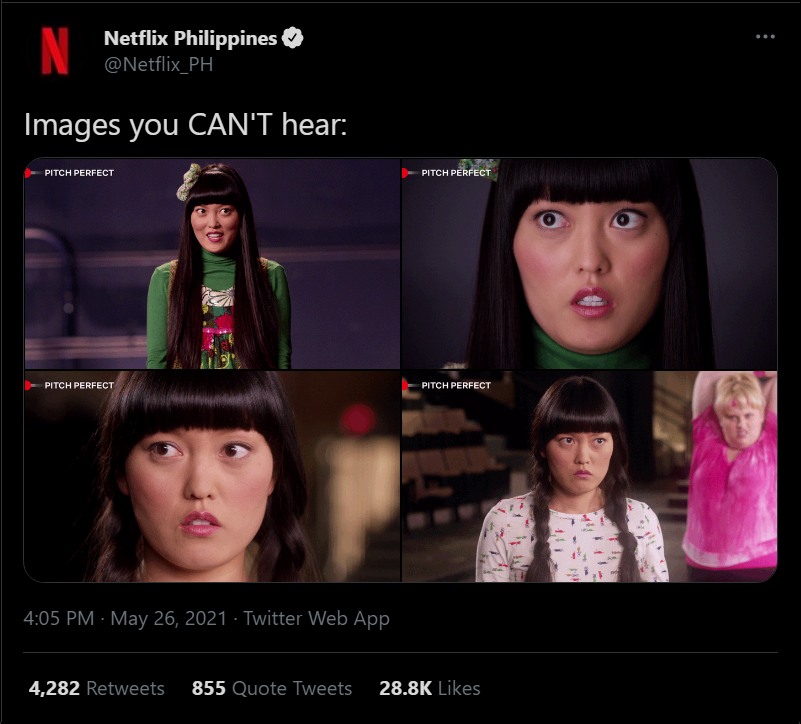

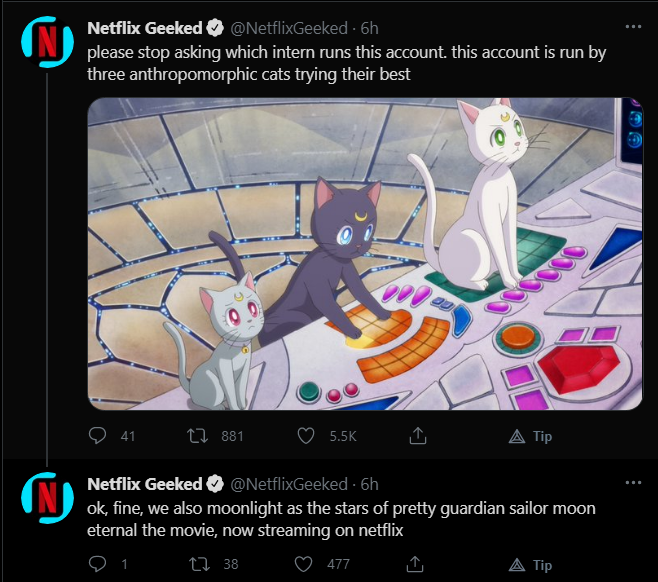
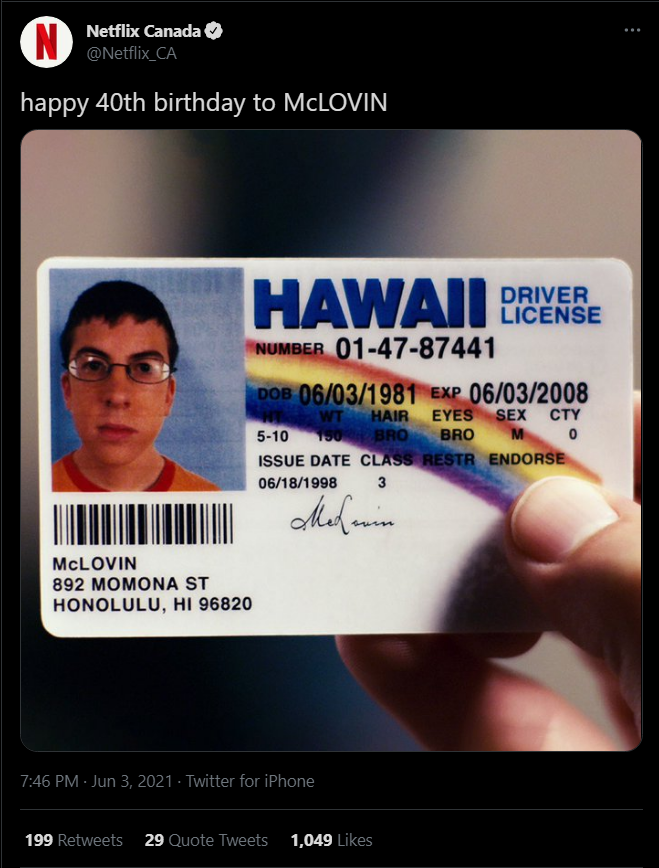
Pingback: When to Use Influencers - Getting Jordans, Avoiding Kendalls